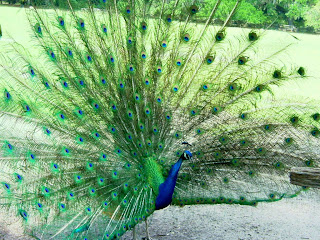
Magnolia Plantation at Charleston in South Carolina was founded in 1676 by Drayton family. The plantation survived through colonial period to revolution to civil war, witnessing the history of its nation from slavery to freedom. During British colony settlement period in early to mid 18th century, rice cultivation was one of the most profitable export crops and slaves were brought in to clear the lands and build the rice dikes and levees. At that time, rice growing knowledge of those negro really made great fortune for all European owners including Drayton family. Majority of those rice fields were later burned down and destroyed during civil war within 1860-1865. It was fortunate for Magnolia Plantation to be remained fairly intact after taken over by the union forces and its own slaves. Many years later, Drayton re-occupied and continued to keep it as home for ten generations till this 21st century.



The road leading to the plantation is lined up with live oak trees with Spanish moss and so are all other places within the area.








The rice dikes and levees fully covered up with moss and weeds, now become the home of water-loving creatures, like bird, animal and reptile, including alligators, turtles, herons, egrets etc.





Starting from 1872, Magnolia Garden had opened its door to visitors for its beautiful flora and fauna.




The trees, the plant even their roots are kinds of graphic design in the garden.




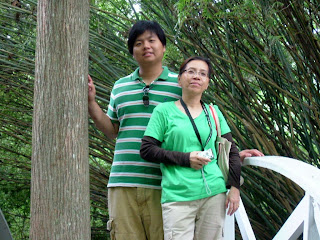

The Magnolia home earns the name as the most important new horticultural planting in the country, attracting 150k people a year to experience a plantation life.









Covered nearly 500 acres of gardens and grounds to explore, miles of bike and walking trails wind through diverse habitats.



Inaccessible areas are traversed by broadwalks, dikes and bridges to convenient the visitor to have an eye to eye contact with the inhabitants.



Beautiful bridges.







Oak trees with Spanish moss.







The site of slave cabins, most of which are well preserved and restored to document the full arc of African-American life at the plantation.



Spanish moss amidst the green.




With its marsh lake, river, swamp environment, Magnolia Garden has turned into a earthly paradise for wildlife and a natural heritage of the world.










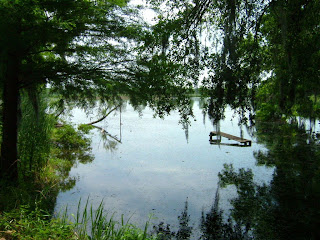





Magnolia Garden is a safe and comfortable home to all these rare species animals and birds.













Rice field became a fabulous screen to the site.










This old oak trees accompanied with bundles of Spanish moss had been survived since slavery period over hundreds of years.



The wild oak trees with Spanish moss hanging down along the bank of Ashley River become an attractive site of the plantation.






British landed and attacked at 1780 from Ashley River and the place now is the largest prehistoric Indian burial mound on the east coast of the country.



The ark named Miss Julianna was the first boat that landed the area. The canon balls collected by Rev. Draytons after civil war.



Magnolia Plantation is one of the most unique and beautiful garden in the world.










Hundreds of species of colorful, year- round blooming plants, both local and exotic are planted within the venue.














Hydrangea with its purple, white and pink big flowers blossom at every corners.







Drayton's resident was well kept and maintained. Part of the Drayton's resident has turned into a small souvenir shop and cafeteria but the main living quarter was maintained and allowed visitors to peep through the ancient setting of Drayton family.
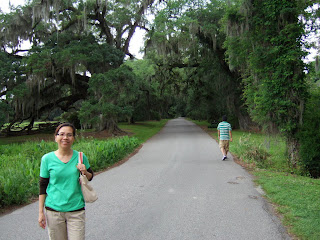
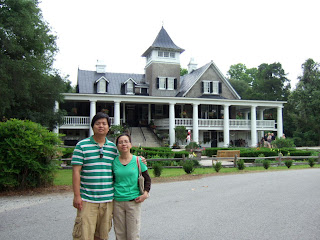

A garden site.



Petting zoo, Magnolia tree and its ivory huge flower.



Petting Zoo is a comfortable home for animals as large area are only surrounded with short wooden hurdles.



The beautiful peacocks



